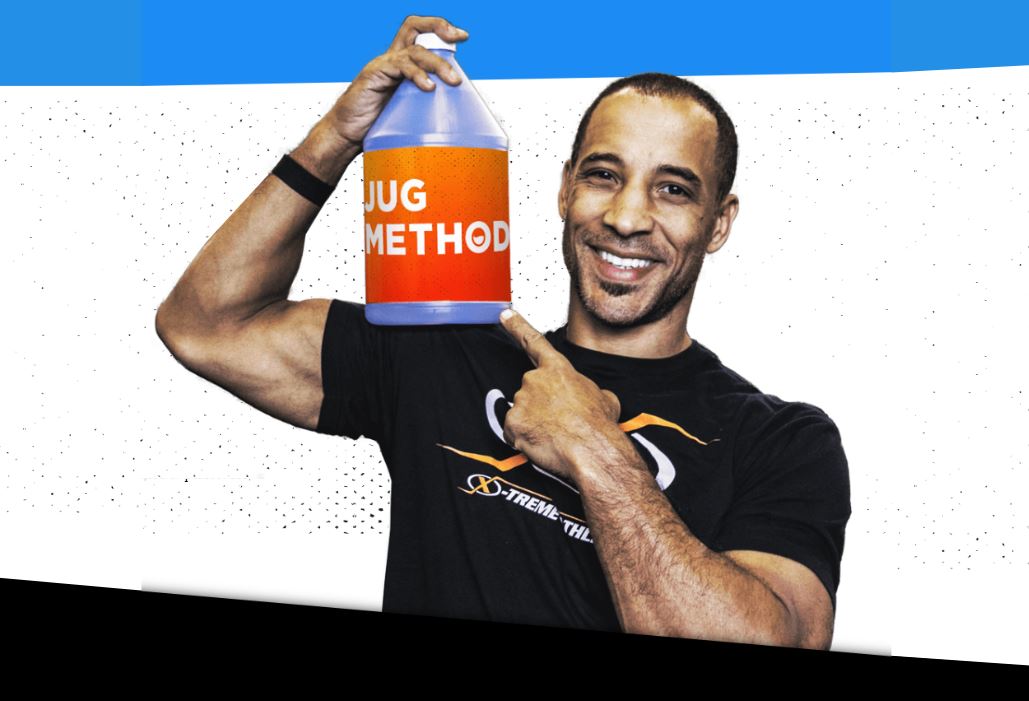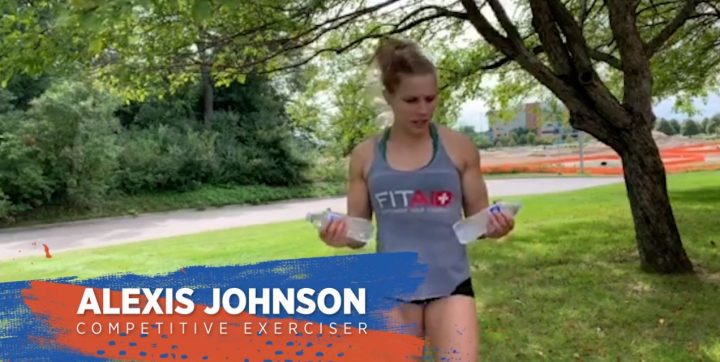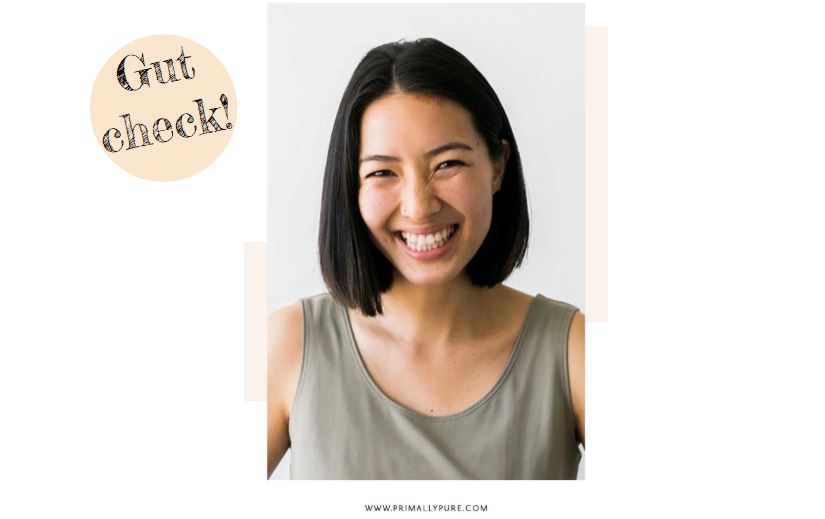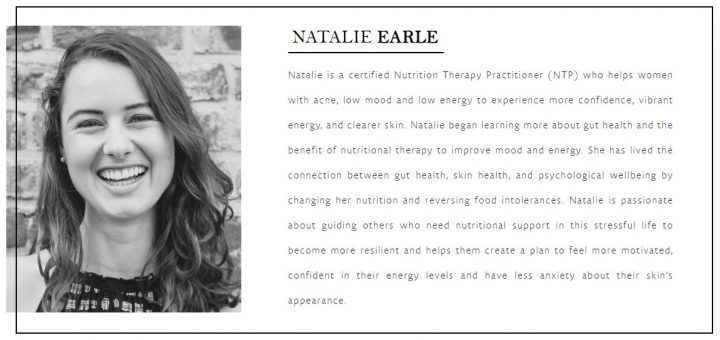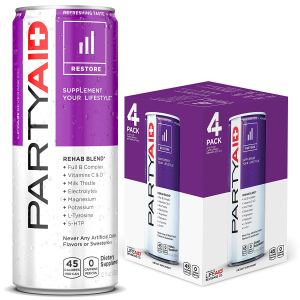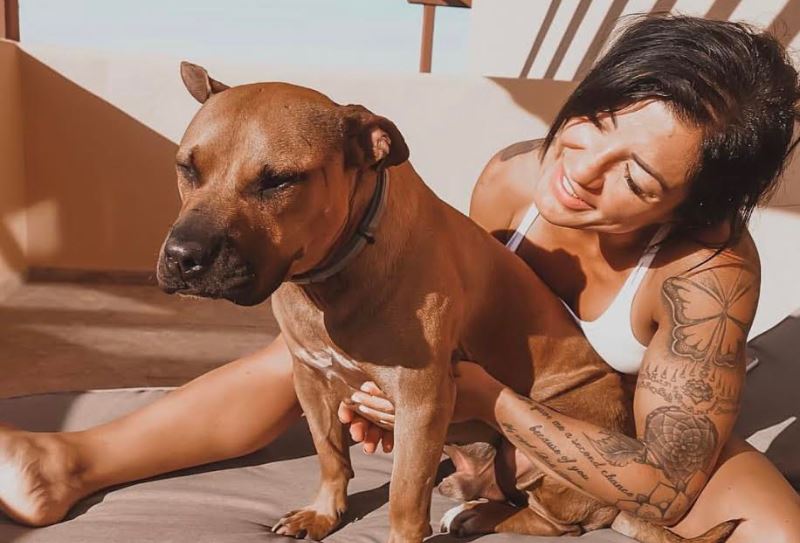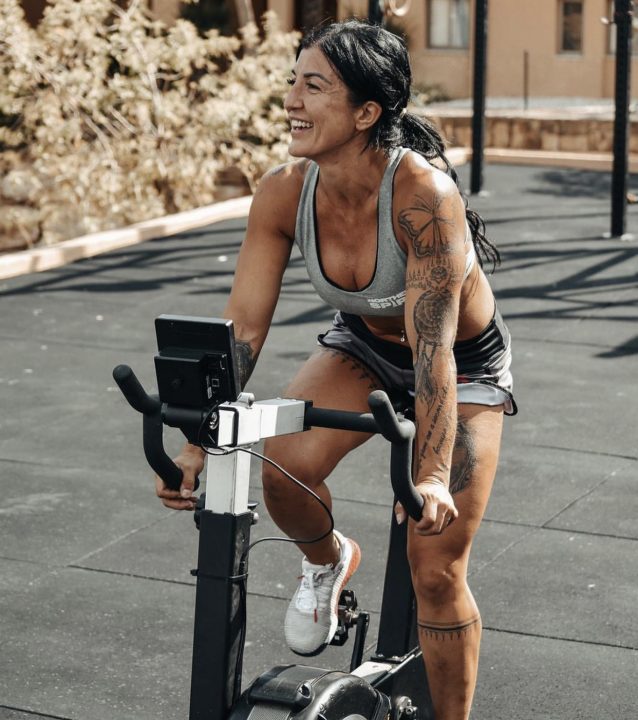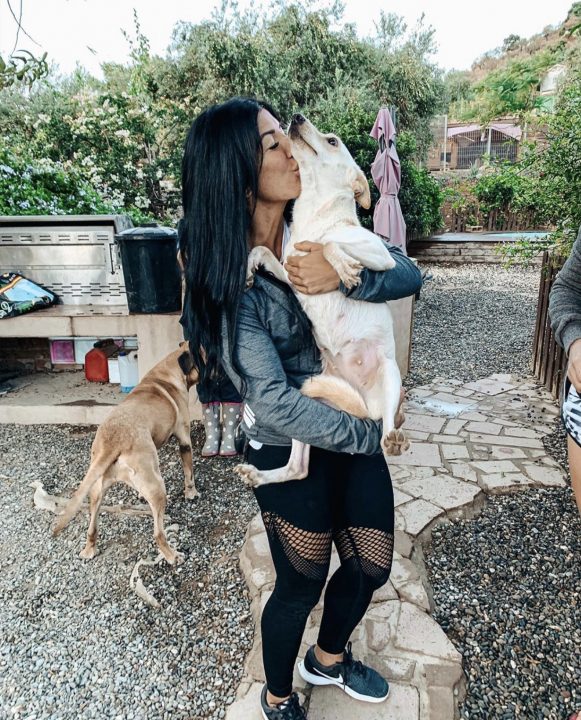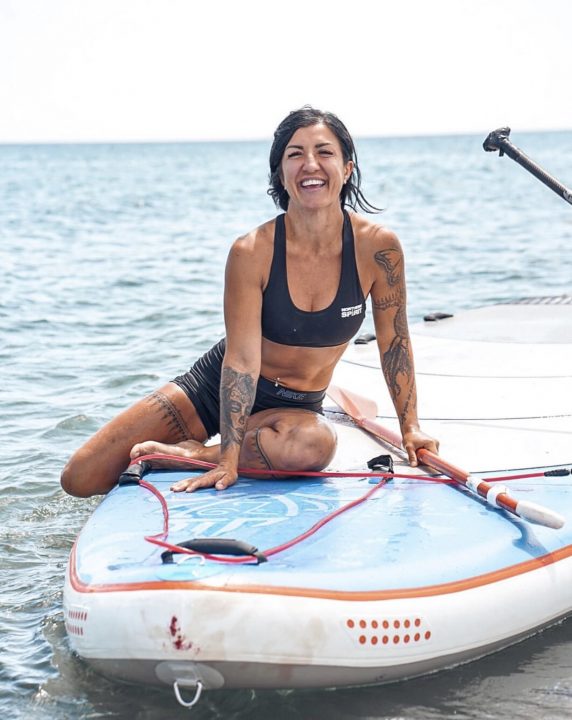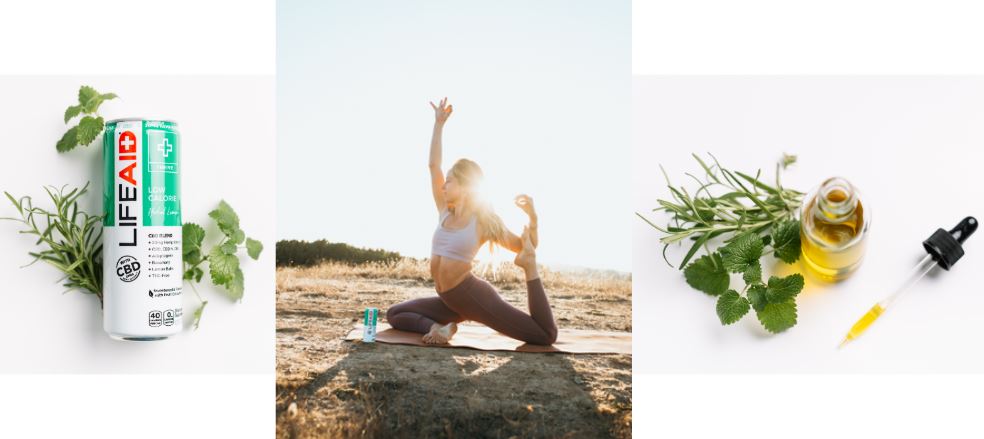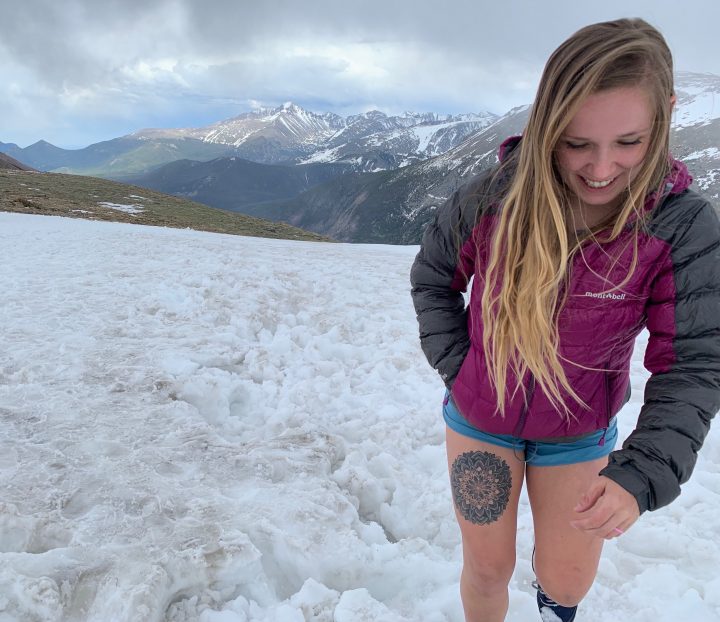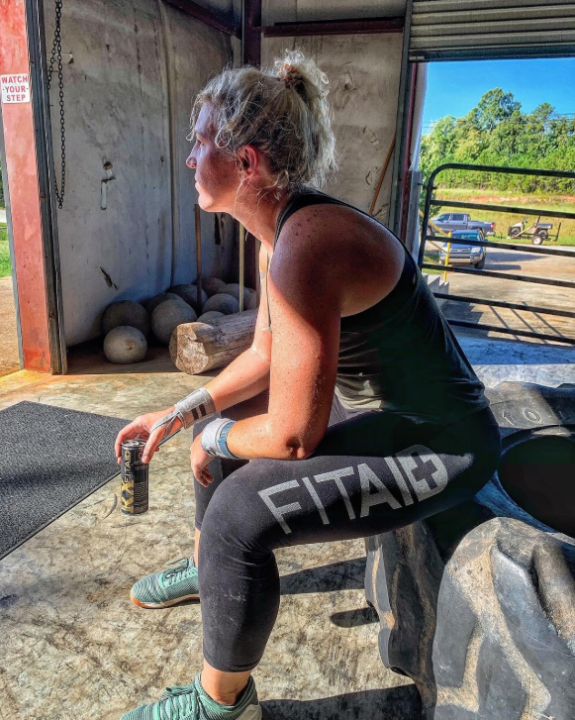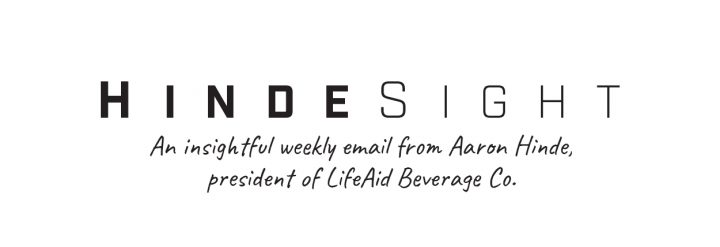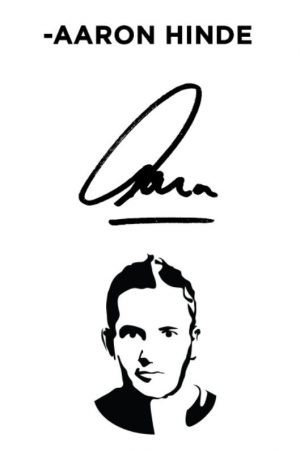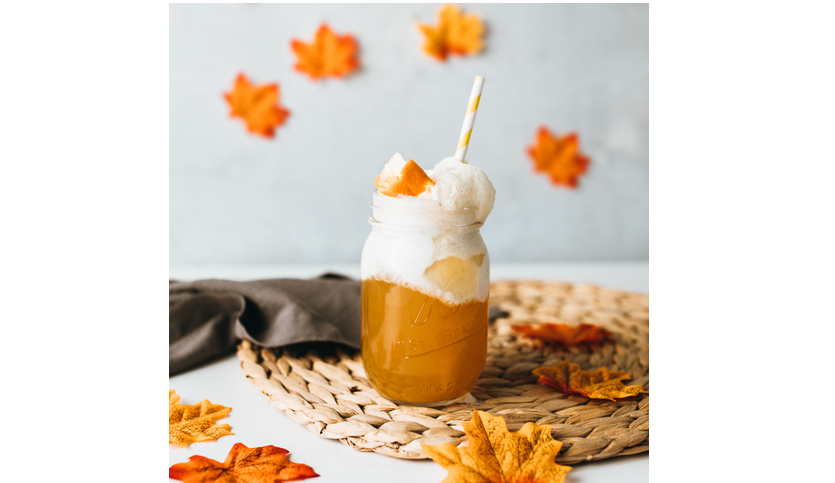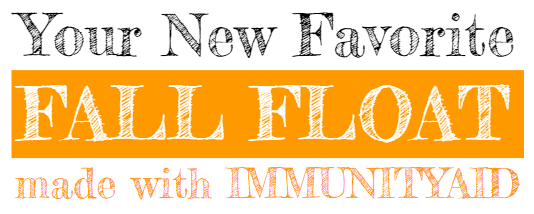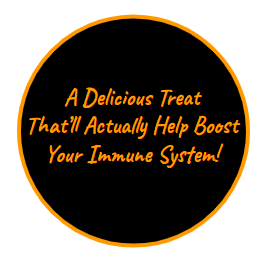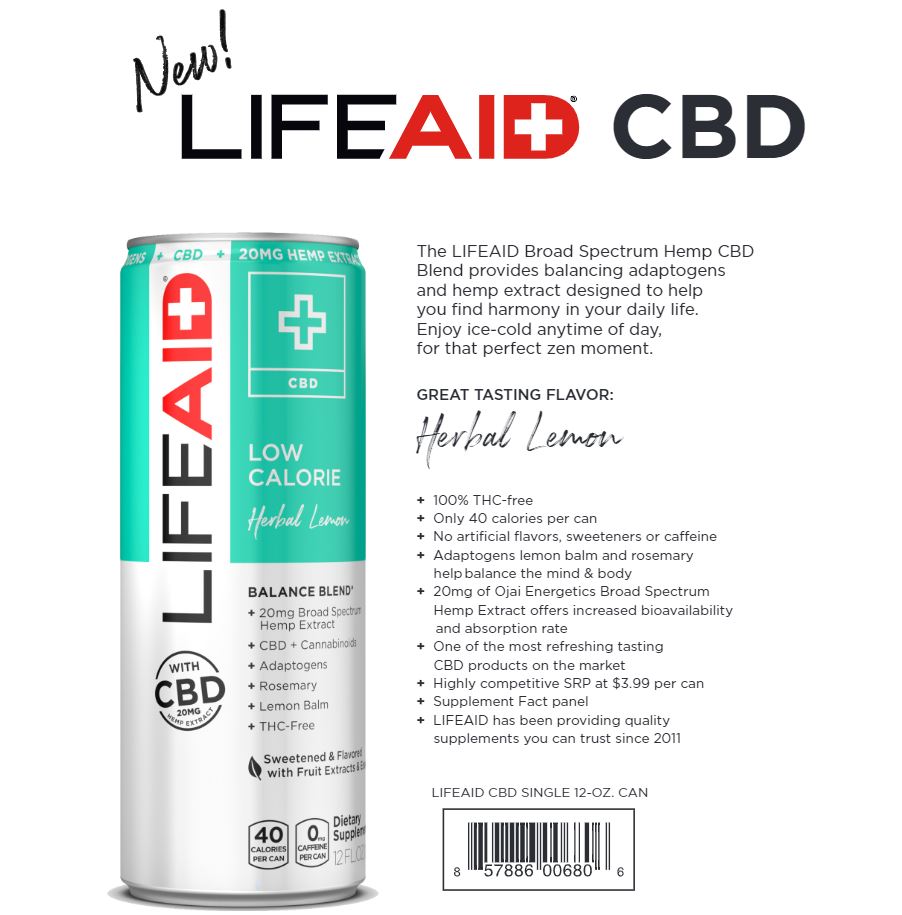The natural ingredients in LIFEAID HEMP contain balancing adaptogens (lemon balm and rosemary) and hemp extract to help you find your bliss in everyday life. Crack a can anytime you’re looking for that perfect zen moment. Proudly brought to you by LIFEAID Beverage Co., your trusted supplement brand since 2011. Discover more about the ingredients in LIFEAID HEMP below.
What are cannabinoids?
There are more than 100 known active cannabinoids, the compounds found in the hemp plant. Many scientific and health related research studies have been performed on these molecules.
The LIFEAID HEMP Blend uses Ojai Energetics™ broad spectrum hemp which contains high level of active cannabinoids which are not intoxicating when isolated, so they will not cause the euphoric high or psychoactive effects associated with THC.

IMPORTANT: LIFEAID HEMP is 100% THC-free, non-addictive and non-psychoactive.
To learn more about the difference between CBD and THC, visit Healthline.com.
What are adaptogens?
The LIFEAID HEMP Blend contains several key adaptogens, which are basically any herbal supplement or natural source which helps to promote homeostasis—or balance—in the body.
The adaptogens lemon balm and rosemary are both natural sources used in LIFEAID HEMP to help balance the mind & body.

What other ingredients are in LIFEAID HEMP?
- Hemp Extract: 20mg of broad spectrum hemp extract from Ojai Energetics helps promote overall balance in the mind & body.
- Cannabinoids: Broad spectrum hemp contains active cannabinoids which help promote homeostasis.
- Rosemary: This adaptogen naturally helps balance the mind & body.
- Lemon Balm: A lemon-scented herb, this adaptogen also helps balance the mind & body.
- Agave: Raw organic blue agave provides just a pinch of sugar to sweeten naturally, with a low-glycemic index.
.
- No THC: LIFEAID HEMP is 100% THC-free, non-addictive and non-psychoactive.

What do hemp products taste like?
Not all hemp products are created equal, ranging in form and flavor.
LIFEAID HEMP is lightly carbonated and has a refreshingly light Herbal Lemon taste. It may remind you of sipping lemonade on a sunny day, offering subtle hints of rosemary and lemon balm.
Get ready to enjoy the light, refreshing Herbal Lemon taste of LIFEAID HEMP—now you can drink happy thoughts. Every can is 100% THC-free, only 40 calories and contains adaptogens (rosemary and lemon balm) and hemp extract to help provide balanced bliss in your everyday life.

When should I drink LIFEAID HEMP?
LIFEAID HEMP is best enjoyed ice-cold anytime of day, to help you find those perfect zen moments amidst the stress of everyday life. It contains absolutely no THC and no caffeine—it’s the perfect low-cal refreshment choice morning, noon or night. Drink a can on your break, with a meal, or whenever you just need a moment to find better balance and harmony for your mind & body.
Will I feel any strange effects from drinking LIFEAID HEMP?
LIFEAID HEMP contains absolutely no THC (the part of the hemp plant which causes psychoactive effects). That means it’s non-addictive and non-psychoactive. The natural adaptogens lemon balm and rosemary along with hemp extract in LIFEAID HEMP are intended to simply help improve homeostasis (balance) in the mind and body, helping you find bliss and balance amidst those mildly stressful moments in everyday life.
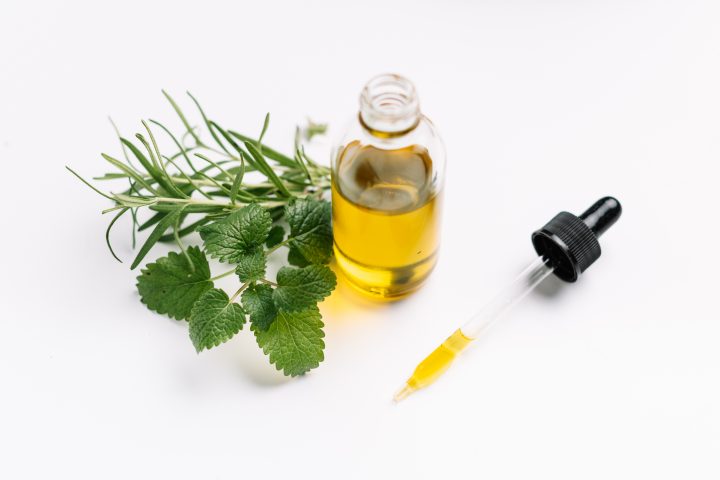
Why is Ojai Energetics™ preferable to other sources on the market?
The LIFEAID HEMP Blend proudly uses Ojai Energetics broad spectrum hemp and contains no THC. (It’s 100% THC-free, non-addictive and non-psychoactive.)
Ojai Energetics broad spectrum hemp is of the rigorously tested for heavy metals, VOCs, pesticides, herbicides, microbes, terpenes & cannabinoids.
‘Broad spectrum’ means that it has multiple cannabinoids, which we now know are simply the active ingredients in the hemp plant. There are currently over 100 known cannabinoids in hemp.
Another reason we chose Ojai Energetics is because they use a patented microcellular nano-encapsulation process. Generally, other broad spectrum hemp products are fat soluble, meaning they don’t absorb well into the bloodstream. Ojai Energetics has found a way around this with their nano-encapsulation process. Think of it as a sheath around these fat molecules that allow for 100% absorption into the bloodstream, making it much more potent and, subsequently, more effective.
You can learn more about Ojai Energetics at ojaienergetics.com.

What is nano-encapsulation?
In a nutshell, nano-encapsulation allows for faster absorption, increased bioavailability and higher potency levels. (Bioavailability is the degree and rate at which a substance is absorbed into the bloodstream.)
Now let’s break that down a bit further.
Nano-encapsulation is the patented delivery system that Ojai Energetics uses to improve the absorption rate of their hemp extract, making the hemp water soluble and more bioavailable. While other broad spectrum hemp products are fat soluble (meaning they don’t absorb well into the bloodstream), Ojai Energetics has found a way around this with their nano-encapsulation process. Think of it as a sheath around these fat molecules that allow for 100% absorption into the bloodstream, making it much more effective, much more potent.
In most hemp products, up to 90% of what is ingested is destroyed by the liver and stomach acids before it is even able to be used. This is because the body doesn’t absorb fat molecules, and must encapsulate them in water inside the gut before it can be absorbed. For example, if you eat 20mg of a regular hemp oil, only 2mg of hemp is usable. So those who consume other extracts are paying for 100% of the hemp but only getting 10% of the potency, often waiting 30 minutes before any benefits even occur.
With LIFEAID HEMP you’re getting more bang for your buck, plus a higher absorption rate due to the nano-encapsulation process used by Ojai Energetics.
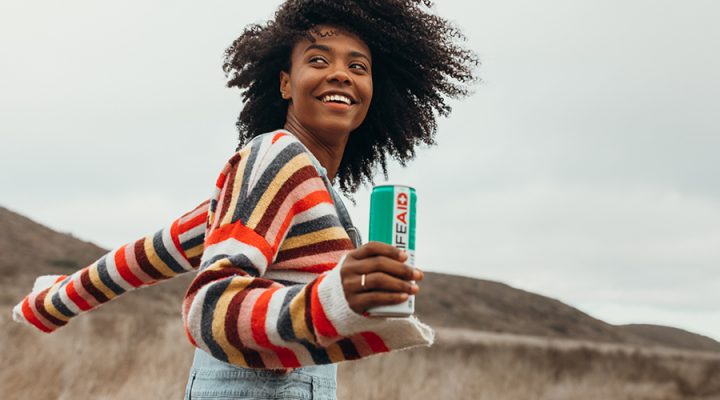
What is the price point for LIFEAID HEMP?
LIFEAID HEMP currently has a very competitive price point at just $3.99 per can ($41.88 per 12-can case, $83.76 per 24-can case) suggested retail price.
You can also Subscribe & Save to get 10% OFF + FREE shipping on all future LIFEAID orders, making the cost of LIFEAID HEMP only $37.69 for 12 cans or $75.38 for 24 cans (SRP)!

